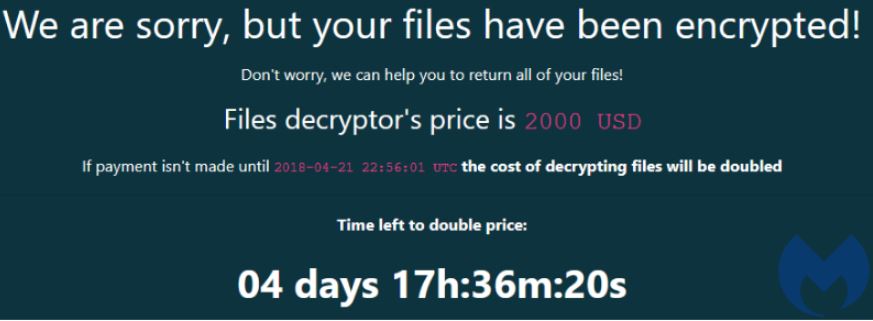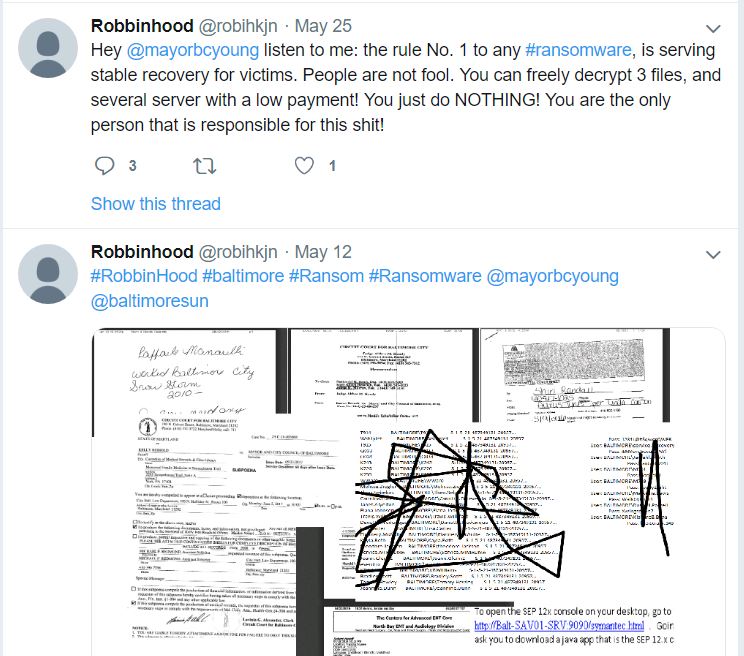Medical testing giant LabCorp. said today personal and financial data on some 7.7 million consumers were exposed by a breach at a third-party billing collections firm. That third party — the American Medical Collection Agency (AMCA) — also recently notified competing firm Quest Diagnostics that an intrusion in its payments Web site exposed personal, financial and medical data on nearly 12 million Quest patients.
 Just a few days ago, the news was all about how Quest had suffered a major breach. But today’s disclosure by LabCorp. suggests we are nowhere near done hearing about other companies with millions of consumers victimized because of this incident: The AMCA is a New York company with a storied history of aggressively collecting debt for a broad range of businesses, including medical labs and hospitals, direct marketers, telecom companies, and state and local traffic/toll agencies.
Just a few days ago, the news was all about how Quest had suffered a major breach. But today’s disclosure by LabCorp. suggests we are nowhere near done hearing about other companies with millions of consumers victimized because of this incident: The AMCA is a New York company with a storied history of aggressively collecting debt for a broad range of businesses, including medical labs and hospitals, direct marketers, telecom companies, and state and local traffic/toll agencies.
In a filing today with the U.S. Securities and Exchange Commission, LabCorp. said it learned that the breach at AMCA persisted between Aug. 1, 2018 and March 30, 2019. It said the information exposed could include first and last name, date of birth, address, phone, date of service, provider, and balance information.
“AMCA’s affected system also included credit card or bank account information that was provided by the consumer to AMCA (for those who sought to pay their balance),” the filing reads. “LabCorp provided no ordered test, laboratory results, or diagnostic information to AMCA. AMCA has advised LabCorp that Social Security Numbers and insurance identification information are not stored or maintained for LabCorp consumers.”
LabCorp further said the AMCA has informed LabCorp “it is in the process of sending notices to approximately 200,000 LabCorp consumers whose credit card or bank account information may have been accessed. AMCA has not yet provided LabCorp a list of the affected LabCorp consumers or more specific information about them.”
The LabCorp disclosure comes just days after competing lab testing firm Quest Diagnostics disclosed that the hack of AMCA exposed the personal, financial and medical data on approximately 11.9 million patients.
Quest said it first heard from the AMCA about the breach on May 14, but that it wasn’t until two weeks later that AMCA disclosed the number of patients affected and what information was accessed, which includes financial information (e.g., credit card numbers and bank account information), medical information and Social Security Numbers.
Quest says it has since stopped doing business with the AMCA and has hired a security firm to investigate the incident. Much like LabCorp, Quest also alleges the AMCA still hasn’t said which 11.9 million patients were impacted and that the company was withholding information about the incident.
The AMCA declined to answer any questions about whether the breach of its payment’s page impacted anyone who entered payment data into the company’s site during the breach. But through an outside PR firm, it issued the following statement:
“We are investigating a data incident involving an unauthorized user accessing the American Medical Collection Agency system,” reads a written statement attributed to the AMCA. “Upon receiving information from a security compliance firm that works with credit card companies of a possible security compromise, we conducted an internal review, and then took down our web payments page.”
The statement continues:
“We hired a third-party external forensics firm to investigate any potential security breach in our systems, migrated our web payments portal services to a third-party vendor, and retained additional experts to advise on, and implement, steps to increase our systems’ security. We have also advised law enforcement of this incident. We remain committed to our system’s security, data privacy, and the protection of personal information.” Continue reading →
 Zero-days and publicly disclosed flaws aside for the moment, probably the single most severe vulnerability addressed in this month’s patch batch (at least for enterprises) once again resides in the component of Windows responsible for automatically assigning Internet addresses to host computers — a function called the “Windows DHCP server.”
Zero-days and publicly disclosed flaws aside for the moment, probably the single most severe vulnerability addressed in this month’s patch batch (at least for enterprises) once again resides in the component of Windows responsible for automatically assigning Internet addresses to host computers — a function called the “Windows DHCP server.”








 Just a few days ago, the news was all about how Quest had suffered a major breach. But today’s disclosure by LabCorp. suggests we are nowhere near done hearing about other companies with millions of consumers victimized because of this incident: The AMCA is a New York company with a storied history of aggressively collecting debt for a broad range of businesses, including medical labs and hospitals, direct marketers, telecom companies, and state and local traffic/toll agencies.
Just a few days ago, the news was all about how Quest had suffered a major breach. But today’s disclosure by LabCorp. suggests we are nowhere near done hearing about other companies with millions of consumers victimized because of this incident: The AMCA is a New York company with a storied history of aggressively collecting debt for a broad range of businesses, including medical labs and hospitals, direct marketers, telecom companies, and state and local traffic/toll agencies.
